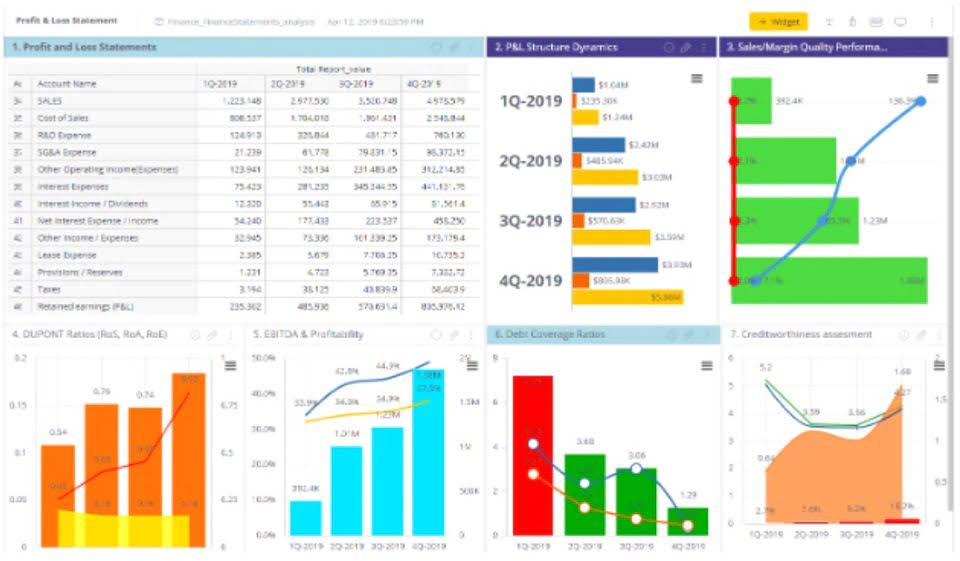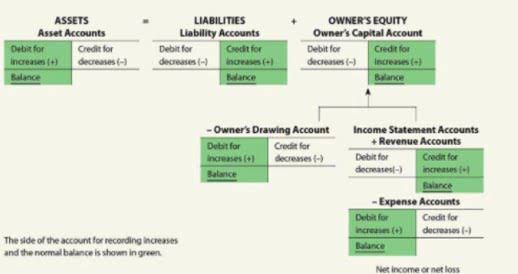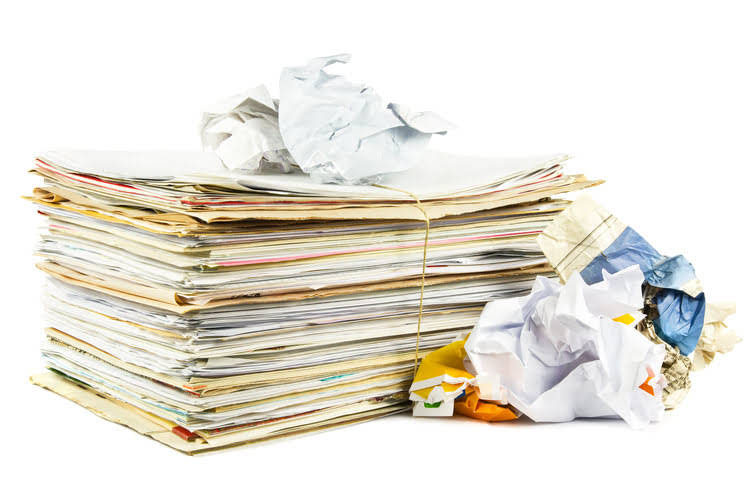
It is especially useful for assets that experience a faster decrease in value during the initial years of their useful life. Common examples of such assets include vehicles and certain types of machinery or equipment. The double declining balance method differs from other common depreciation techniques, such as straight-line and units of production methods. Each method serves distinct purposes and can be chosen based on a company’s financial strategy and the nature of the assets involved. The straight-line method provides a consistent depreciation expense over the asset’s useful life, simplifying budgeting and financial planning. This method is suitable for assets that wear out evenly, like office furniture.
- Consequently, there are several serious disadvantages to using the double declining balance method.
- The calculated depreciation is based on initial asset cost, salvage value, and the number of periods over which the asset is depreciated.
- This transparency helps stakeholders understand the rationale behind the chosen method and its financial impact.
- This aggressive depreciation method allows businesses to maximize deductions early on for assets that lose value quickly.
- The content on this website is provided “as is;” no representations are made that the content is error-free.
What Is Accumulated Depreciation?
This is because, unlike the straight-line method, the depreciation expense under the double-declining method is not charged evenly over the asset’s useful life. An asset for a business cost $1,750,000, will have a life of 10 years and the salvage value at the end of 10 years will be $10,000. You calculate 200% of the straight-line depreciation, or a factor of 2, and multiply that value by the book value at the beginning of the period to find the depreciation expense for that period. For reporting purposes, accelerated depreciation results in the recognition of a greater depreciation expense in the initial years, which directly causes early-period profit margins to decline. The prior statement tends to be true for most fixed assets due to normal “wear and tear” from any consistent, constant usage. When performing this adjustment, meticulousness and attention are critical as all financial statements must be updated to accurately demonstrate this shift in calculating depreciation.

Declining Balance Method of Depreciation
Your employees can view their payslips, apply for time off, and file their claims and expenses online. You get more cashback in tax benefits from the beginning, which can help balance the expense of purchasing a resource. In the case that you’ve applied for a line of credit or a loan, you could be paying off a bigger part of the loan in the earlier periods, consequently, decreasing the sum for every period you pay interest on. The overall expensed amount will be the same; however, it will be more in the Keep Records for Small Business earlier years and less later. While depreciation is used for calculating the descending costs of tangible assets, Amortization is used in the case of intangible assets. The theory is that certain assets experience most of their usage, and lose most of their value, shortly after being acquired rather than evenly over a longer period of time.
Depreciation: What It Is & How It Works + Examples
The company will have less depreciation expense, resulting in a higher net income, and higher taxes paid. This method accelerates straight-line method by doubling the straight-line rate per year. The double declining balance depreciation method is a way to calculate how much an asset loses value over time. It’s called double declining because it uses a rate that is double the standard straight-line method.

- For true and fair presentation of financial statements, matching principle requires us to match expenses with revenues.
- Although any rate can be used, the straight-line rate is commonly used as a base to determine the depreciation rate for the declining balance method.
- This approach allows businesses to depreciate assets more rapidly during the initial years of their useful life, resulting in higher depreciation costs earlier on.
- FitBuilders estimates that the residual or salvage value at the end of the fixed asset’s life is $1,250.
- To calculate the depreciation rate for the DDB method, typically, you double the straight-line depreciation rate.
- Instead, we simply keep deducting depreciation until we reach the salvage value.
- For comparison’s sake, this is what XYZ Company would book for depreciation expense every year under the straight line depreciation method versus double declining balance depreciation method.
This results in a steep double declining balance method decline in value in the first few years, tapering off over time. However, it’s important to ensure that the book value never drops below the salvage value—the estimated worth of the asset at the end of its useful life. If you’re brand new to the concept, open another tab and check out our complete guide to depreciation. Then come back here—you’ll have the background knowledge you need to learn about double declining balance. Double declining balance depreciation isn’t a tongue twister invented by bored IRS employees—it’s a smart way to save money up front on business expenses.
How much do you know about the double declining Depreciation?
Next year when you do your calculations, the book value of the ice cream truck will be $18,000. Recovery period, or the useful life of the asset, is the period over which you’re depreciating it, in years. Adam Hayes, Ph.D., CFA, is a financial writer with 15+ years Wall Street experience as a derivatives trader. Besides his extensive derivative trading expertise, Adam is an expert in economics and behavioral finance. Adam received his master’s in economics from The New School for Social Research and his Ph.D. from the University of Wisconsin-Madison in sociology.

Calculating the Depreciation Formula for DDB
First, determine the annual depreciation expense using the straight line method. This is done by subtracting the salvage value from the purchase cost of the asset, then dividing it by the useful life of the asset. Every year you write off part of a depreciable asset using double declining balance, you subtract the amount you wrote off from the asset’s book value on your balance sheet.
Calculate declining balance depreciation
Depreciation for an asset with a five-year expected life would span over six tax years, with a portion of a year’s deduction in year one and six. Deskera is an all-in-one software that can overall help with your business to bring in more leads, manage customers and generate more revenue. With Deksera CRM you can manage contact and deal management, sales pipelines, email campaigns, customer support, etc. You can generate leads for your business by creating email campaigns and view performance with detailed analytics on open rates and click-through rates (CTR). Businesses must assess Online Accounting whether an asset’s carrying amount exceeds its recoverable amount, which may necessitate impairment reviews.